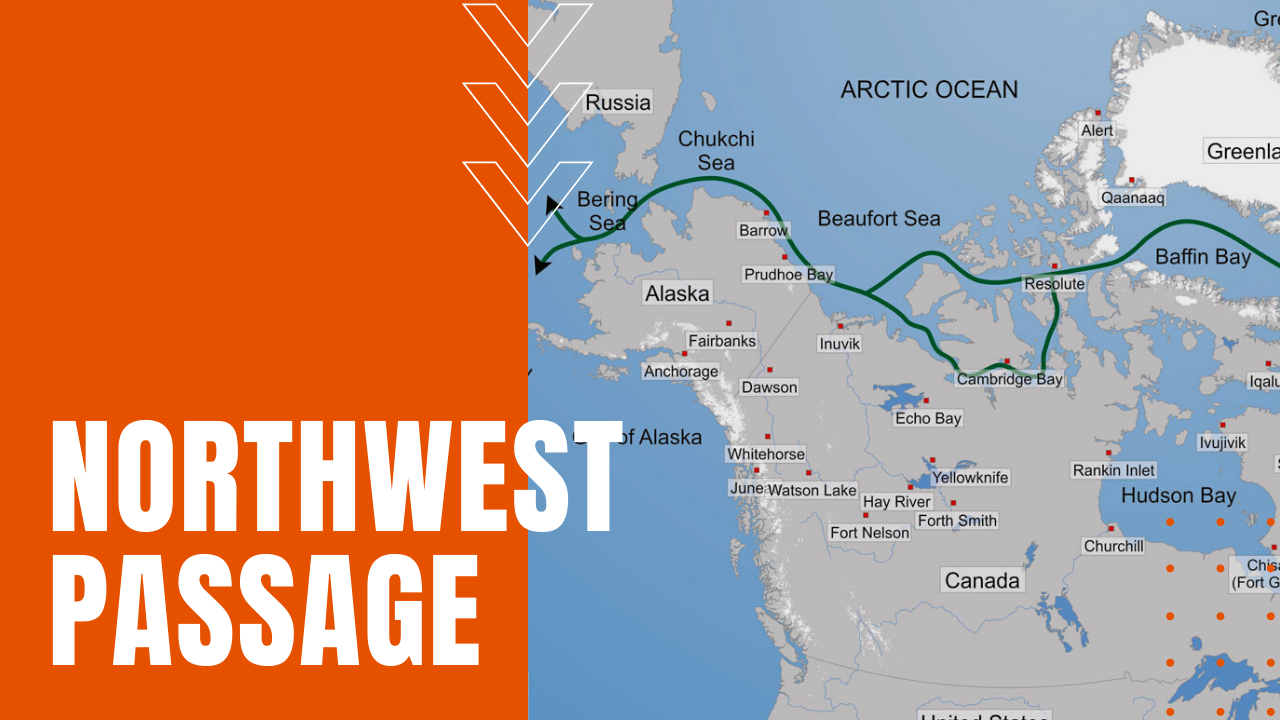Northwest Passage: The 300+ Year Search for a Route to Asia

The Search for the Northwest Passage
Beginning with the Age of Exploration, mariners began to wonder if a route to Asia could be achieved by crossing an ocean, instead of arduous land routes like the Silk Road. By 1488, explorers had successfully reached Asia by sailing around the Cape of Africa, but the journey was a long one, fraught with knuckle-biting heavy weather conditions.
The dangers and long route lead John Cabot to set sail from England in 1497, and when he made landfall in the Maritime Islands of Canada, like Christopher Columbus five years before him, both explorers wrongly surmised that they had successfully reached Asia. In 1498, Cabot’s follow-up voyage to the mistaken continent of Asia would end in disaster, when all five of his ships went down in a North Atlantic storm.
Frenchmen Jacques Cartier was next to sail for the elusive Northwest Passage, when in 1534 he made landfall first on Prince Edward Island, before founding the city of Quebec. Five years later, Spanish explorer Francisco de Ulloa made one of the earliest attempts to find the Northwest Passage from the West Coast of North America, making landfall near modern-day Acapulco before coasting north to Baja California, leaving him far south of the actual Northwest Passage.
The next seven decades of exploration failed to locate the Passage, including Henry Hudson’s voyage of 1610, which ended in a mutiny after his ship became trapped in ice for a long and frozen winter. More than 235 additional years would elapse with many tragedies yet no forward progress in finding the Passage, including John Franklin’s 1845 voyage, which many historians believe ended in cannibalism when the icebound sailors began to starve.
Who Discovered the Northwest Passage?
Nine years later, Robert McClure was the first to confirm the existence of the Northwest Passage, when he and his crew made a successful three-year crossing in a combination of ships and sleds.
A half-century later, in 1906, Roald Amundsen traversed the Northwest Passage from Oslo Norway to Nome Alaska, proving that the route could be completely navigated by boat. Today, the Northwest Passage runs from Baffin Bay in Canada, westward through the Bering Sea above Alaska—a shipping route that has proven to be a non-commercially viable passage due to the risks posed by icebergs, both on the surface and submerged.
Climate change, however, has recently caused a rethink regarding the viability of the Northwest Passage as a shortcut to Asia, when in 2007, the Northwest Passage was found to be ice-free for the first time in its known history, making the Northwest Passage, a short yet frozen route to Asia.
